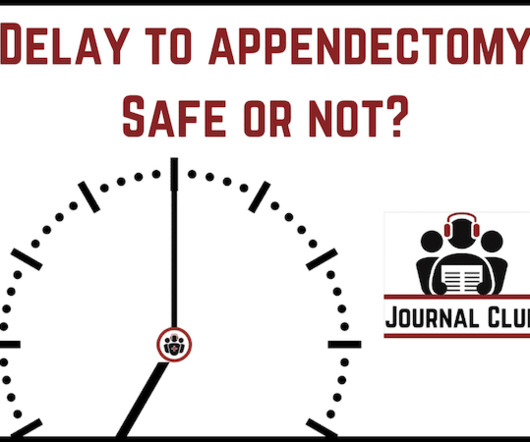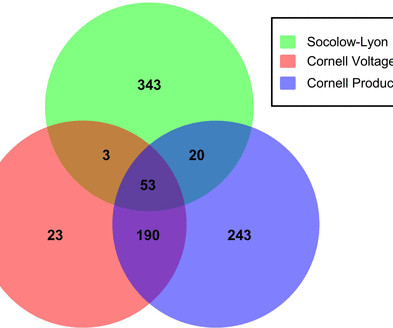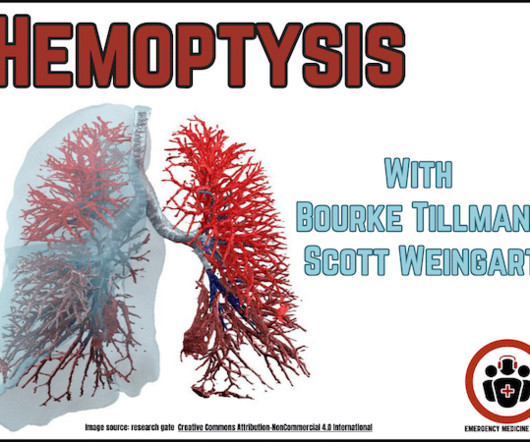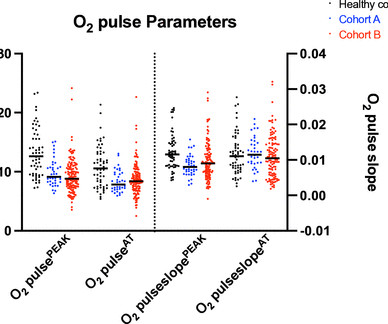Journal Club 5 Appendicitis Delay to Appendectomy – Safe?
ECG Cases
NOVEMBER 7, 2023
You diagnose uncomplicated appendicitis in the ED. The on call General Surgery team wants to wait until the next morning to perform an appendectomy. Is your patient at risk for appendiceal perforation with a delay to surgery? Dr. Rohit Mohindra and Dr. Shelley McLeod analyze the latest RCT that attempts to answer this question, the PERFECT study, on this EM Cases Journal Club.




















Let's personalize your content